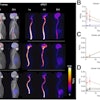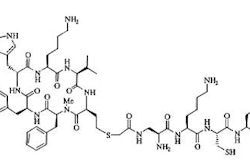Dear Molecular Imaging Insider,
Emission-transmission misalignment is a frequent problem in cardiac perfusion studies using PET/CT. Poor alignment can create artifacts on attenuation-corrected PET images, which generally show up as false-positive defects in the anterior and anterolateral segments.
Researchers from Munich, Germany, have developed an automated emission-driven correction algorithm that removes these artifacts in a manner that is equivalent to manual realignment of the image data and at a speed that has a high potential for routine clinical application.
The application assumes that if tracer uptake corresponds to the left ventricle on the PET image, the corresponding voxel in the CT image should contain cardiac tissue as well. If there is an inconsistency and the voxel contains lung tissue, its value is modified to match that of cardiac tissue.
The researchers put their technology to the test in a clinical setting and matched it against manual registration and current algorithms utilized for automatic registration for image realignment.
To read more about the results of emission-driven correction and how it may be able to improve cardiac PET/CT imaging, click here. As a Molecular Imaging Insider subscriber, you have access to this story before it's published for the rest of our AuntMinnie.com members.
In other news, be sure to check in later this week as we report from the European Congress of Radiology in Vienna. We'll be delivering the latest news in nuclear medicine for the Molecular Imaging Digital Community, as well as offering clinical and technical stories on developments covering the breadth of diagnostic imaging and informatics.




















